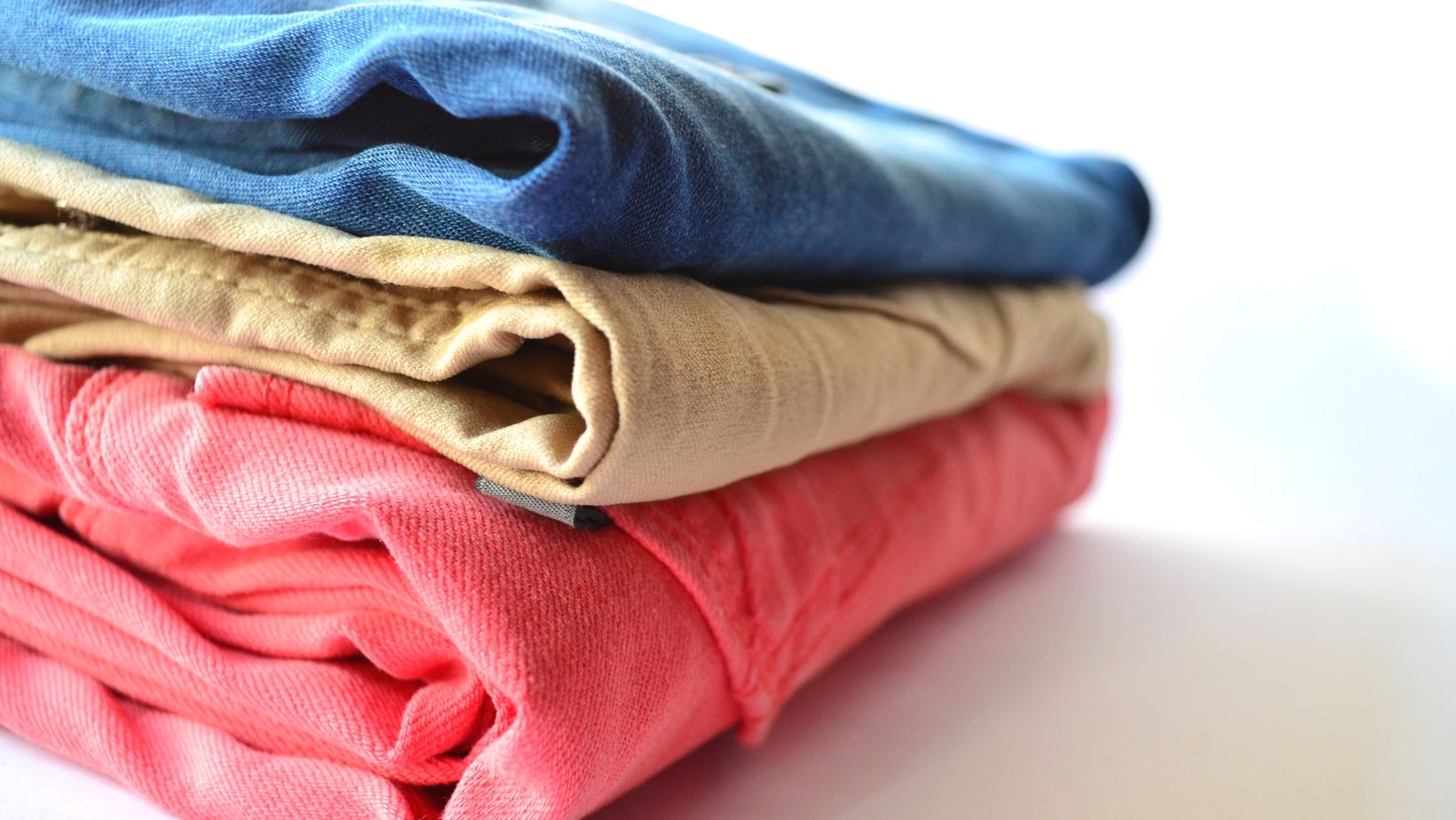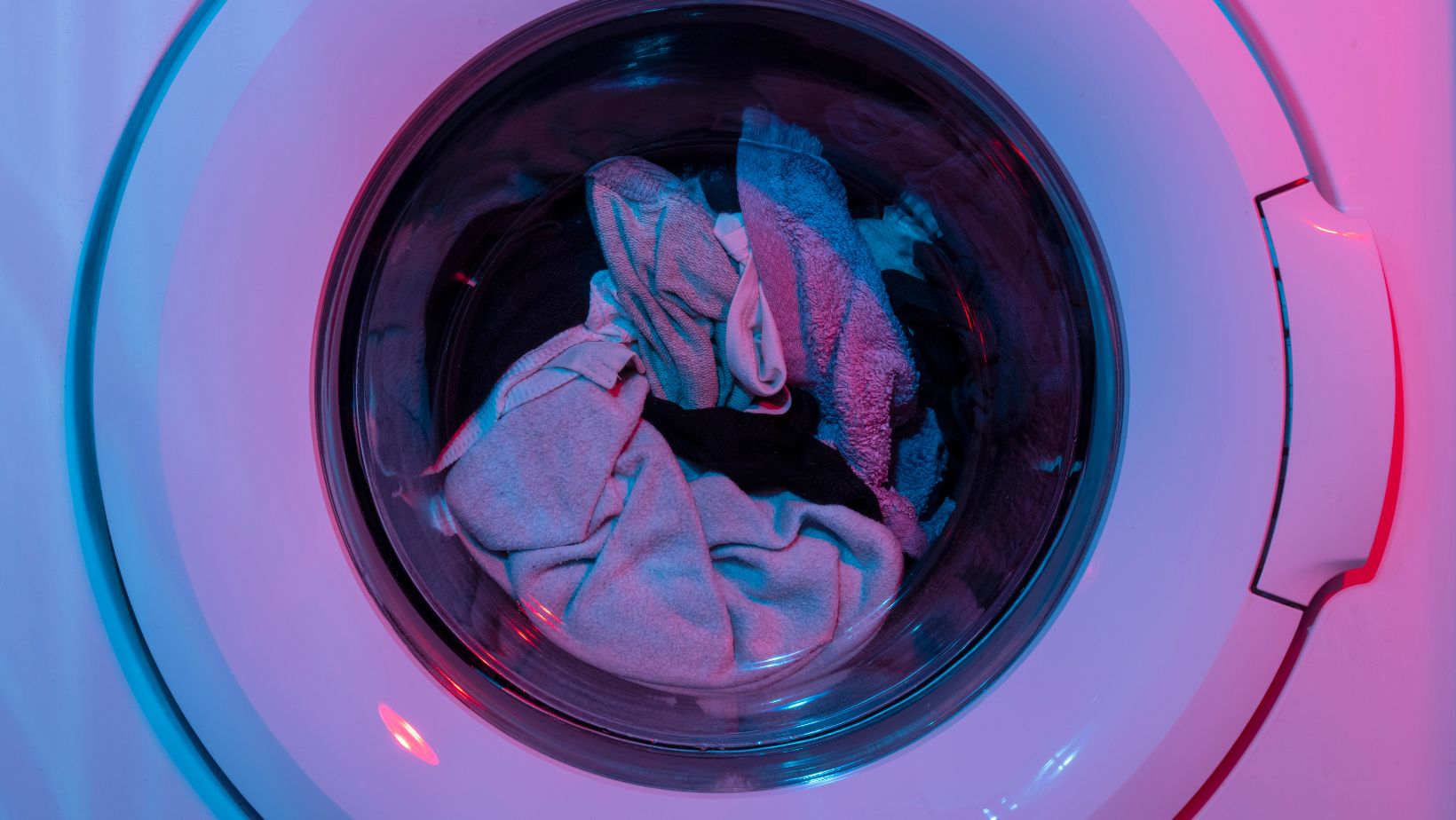Making The Switch to Modern Sheets

Introduction
For over a century, laundry care followed a familiar rhythm. We sorted clothes, filled washers, added scoops of powder or cups of liquid soap, and repeated week after week. However, the past decade introduced a wave of innovation to transform our laundry rooms. Enter the arrival of modern laundry sheets.
These novel products claim to pack the cleaning power of liquids and powders into thin, pre-portioned sheets for simplified laundry. Early adopters report sheets driving impressive sustainability gains, too – dramatically slashing plastic use, water waste, energy demands, and more than conventional detergents. With such potential benefits, should the rest of us also consider switching?
This article will explore the features, advantages, and adoption considerations behind innovative laundry sheet technology. We’ll examine what modern sheets are, how they work, real-world performance outcomes, and tips for smoothly transitioning from traditional powder or liquid detergents. By the end, readers can confidently evaluate if now is the time to upgrade their laundry routine.
The Evolution of Laundry Technology
For millennia, humankind scrubbed dirty garments by hand using homemade lye soaps, wood ash, and elbow grease. The 1800s brought more refined bar soaps and washing boards for less abrasive, yet still manual, clothing care. Laundry finally entered the modern era in 1907 when the first synthetic detergents debuted.
These primitive “syndets” simplified cleaning challenges like stubborn stains and washing in cold water. Brands like Rinso, Omo, and Persil expanded on early formulas over the coming decades by incorporating zeolites, enzymes, and optical brighteners. However, nearly all laundry detergents continued relying on powders or viscous liquid formulations. Scooped into machines by the cupful.
By the 1990s, single-use detergent “pods” revolutionized measuring convenience, albeit while doubling down on plastic waste. Ironically, the next wave of innovation would help mitigate that impact back to sustainable levels. Jump ahead to 2016 to find the first charges into modern sheet technology by eco-minded detergent startups like Tru Earth.
Let’s explore what makes these modern laundry sheets so different.
What Are Modern Laundry Sheets?
Modern laundry sheets provide a novel form of highly concentrated detergent encased within quick-dissolving plant fiber sheets. Simply put – they replace measuring cups of powder or liquid with pre-portioned sheets customized per load.

Inside each sheet, concentrated formulas harness advanced synthetic surfactants, enzymes, brighteners, and stabilizers to target stains. However, the active ingredients only comprise a tiny percentage of the total sheet weight, unlike 50-90% water found in conventional detergents. The remaining sheet consists of finely pulped natural fibers like cane, bamboo, or abaca plants.
Once introduced into the wash water, these pulp fibers rapidly dissolve to activate the concentrated detergent. Formula particles permeate fabrics within minutes while the harmless plant matter breaks down safely.
Compared to traditional liquid and powder detergents, the differences prove significant:
- 10x less plastic packaging waste (a few grams versus a 1kg jug)
- 1/10th the water required for dilution and rinsing
- 30-50% less energy consumed per wash
- 72% smaller carbon footprint over the product lifecycle
Modern sheets present quite the value proposition for consumers seeking to cut single-use plastics and improve sustainability credentials at home. And those eco-feats don’t even touch on the usage benefits like portability, ease of storage, and automatic pre-measurements.
Advantages of Modern Laundry Sheets
Convenience and Ease of Use
Modern sheets deliver pre-measured, single-use detergent, all in a small, portable form. This design eliminates measuring variables, maintaining consistency from load to load—no more cups, caps, or scoops to fumble with either. Just toss a sheet into the drum, and the wash takes care of itself.
Savvy travelers can reap added benefits, too. Machines in hotels, gyms, or shared apartments may need more detergent or use unfamiliar brands. However, carrying enough sheets for trips proves simple: avoiding contamination worries when laundering on the go.
Portability and Storage Perks
We touched on sizing before – condensed formulas mean condensed packaging and transport compared to bulk bottles and boxes. A year’s supply of sheets (around 180 loads) can fit into a small 3″ x 4″ container about the size of a glasses case. Set that against a row of plastic Ajax jugs lined across utility shelves. The difference remains substantial, even for infrequent laundry days.
For college students or military families shifting between locations regularly, compact sheets also prevent leaving behind partial detergent bottles with each move. No residue goes to waste, either.
Eco-Friendly Sustainability Advantages
However, the most significant advantage of modern laundry sheets is ecological sustainability. Every phase of a traditional detergent lifecycle bears steep environmental burdens – resource-intensive manufacturing, distribution in plastic containers, diluted usage requiring substantial water and energy, and disposal of remaining packaging.
Third-party audits concluded that laundry sheets drive material reductions exceeding the:
- 80-90% less plastic waste
- 14-22% lower carbon emissions
- 24-38% improved water efficiency
With scale adoption, global impacts could tally into billions of pounds of prevented plastics from polluting land and sea. For eco-conscious homeowners, modern sheets address environmental responsibilities without requiring drastic day-to-day lifestyle changes. Convenience pushes sustainability forward.
The Science Behind Modern Sheets
A. Effective Cleaning Capabilities with Ultra-Concentration
What makes modern sheet technology much “more concentrated” than typical powders or liquids? We can break it down chemically.
Most conventional detergents comprise 30-50% active cleaning ingredients by weight. The remainder of the liquid comes from water for viscosity—powders also bulk on compounds like sodium sulfate for structure.
In contrast, modern sheets achieve 95-98% active ingredient concentrations – near saturation levels. They can pack up to 50 more stain-fighting components pound for pound.
With such dense, purified detergent loads, only small dissolved amounts permeate wash water for full cleaning power. Lower volumes directly enable reducing the three key sustainability burdens: packaging, water, and energy.
State-of-the-Art Formulating Technology
Modern sheet engineering requires advanced processes like freeze drying to prevent component separation during production. However, once on store shelves and inside washing machines, the science operates on basic principles of dissolution.
Ultra-concentrated liquid detergents infuse into the woven fiber matrix of each sheet. Natural polymers help encapsulate formulas evenly. Once agitated in water, the fibers rapidly hydrate and unravel, activating the concentrated detergent. Particles readily permeate fabrics rather than slowly diluting from the exterior plastic casing.

The fibers break down within minutes, leaving no residue behind while cleaning ingredients get to work—simple, elegant, practical sustainability.
Formula Innovation Aligns Performance with Traditional
While the technology differs tremendously, cleaning performance meets conventional expectations. Laundry sheets effectively counter even the most challenging oil and pigment-based stains. Optimization ensures high surfactant levels lift soils while builders tackle residues. Bleaches dissolve, while optical brighteners enhance vibrancy.
Scent innovation notches up enjoyment, too. Brands like Tru Earth partnered with fragrance designers behind top perfumes to elevate freshness. Outside the apparent eco-benefits, modern sheets intend to match or outperform traditional metrics from stain elimination to fabric care, too.
Overcoming Transition Challenges
We tackled some high-level science and sustainability stats earlier. However, in reality, adopting modern sheets requires no learning curve. Below, we walk through simple solutions to the isolated challenges that could arise:
A. Concern: My washing machine seems fine. Why risk changing anything?
Answer: Valid question – if machines function fine currently, why rock the boat? Fortunately, modern sheet materials and dissolved detergents flow safely through home models like traditional powders and liquids. No equipment risks are necessary to reap the rewards.
B. Concern: Sheets could leave excess residue or clog drainage pipes.
Answer: Remember that the encapsulating sheet fibers consist of harmless plant cellulose, not synthetic plastics. They hydrate and fully break into organic matter during wash cycles once the detergent is inside. No clogging issues occurred, as verified by brands and independent testing.
C. Concern: Laundry sheets don’t clean as effectively as my usual Tide jug.
Answer: Disbelief becomes understandable when a novel format like sheets replaces entrenched staples like Tide. However, sheet technology focuses on formula changes, not performance limits. The only difference in cleaning capability ties back to concentration potency unlocked by the sheet approach. If anything, stains disappear even quicker!
Incorporating Modern Sheets Into Your Routine
Ready to dip your toe in the future of laundry? Transitioning to sheets follows nearly identical processes as powder detergents already used in the household:
A) Set Wash Volume to Medium
Ultra-concentrated sheets allow cutting back on water and limit reductions during initial sessions. This ensures sufficient saturation for full enzyme activation across all fabric layers.
B) Add Sheet Before Clothes
For first use, start the washer with a rinse cycle, add a sheet, and then pause before adding clothes. Observe complete dispersion. Subsequent uses can just toss the sheet in the drum before adding clothes.
C) Wash as Usual
Now, just launder per your usual temperatures, settings, and machine specifics to unlock the sheets’ cleaning power. Add an extra rinse at the end if desired.
D) Store in a Cool, Dry Area
For optimal integrity, keep unused sheets in room temperature, low humidity environments. Think about how you currently store essential documents. Avoid direct sunlight, high heat, or dampness.
Conclusion
Modern sheet technology satisfies households seeking laundry improvements through uncompromising cleaning power, unmatched sustainability credentials, and simplicity, eliminating prior hassles. Skepticism around efficacy fades quickly when real-world users experience transformative conveniences plus eco-benefits firsthand. Waste-conscious families or budget-focused dorms mainly adopt initially. However, portability and ease of use cut appeal across demographics as well. The verdict proves hard to debate – ingenious innovation finally unlocked accessible, low-impact laundering. So when Tide jugs run low, join the wave redefining 21st-century washing practices through modern sheets. Your wardrobe, community, and planet will thank you.
What's Your Reaction?
Deepak is a lover of nature and all things sporty. He loves to spend time outdoors, surrounded by the beauty of the natural world. Whether he's hiking, biking, or camping, Deepak enjoys being active and in touch with nature. He also loves to compete and push himself to his limits. Deepak is an avid cyclist, runner, and swimmer. He has competed in several triathlons and marathons, and is always looking for new challenges to take on.



